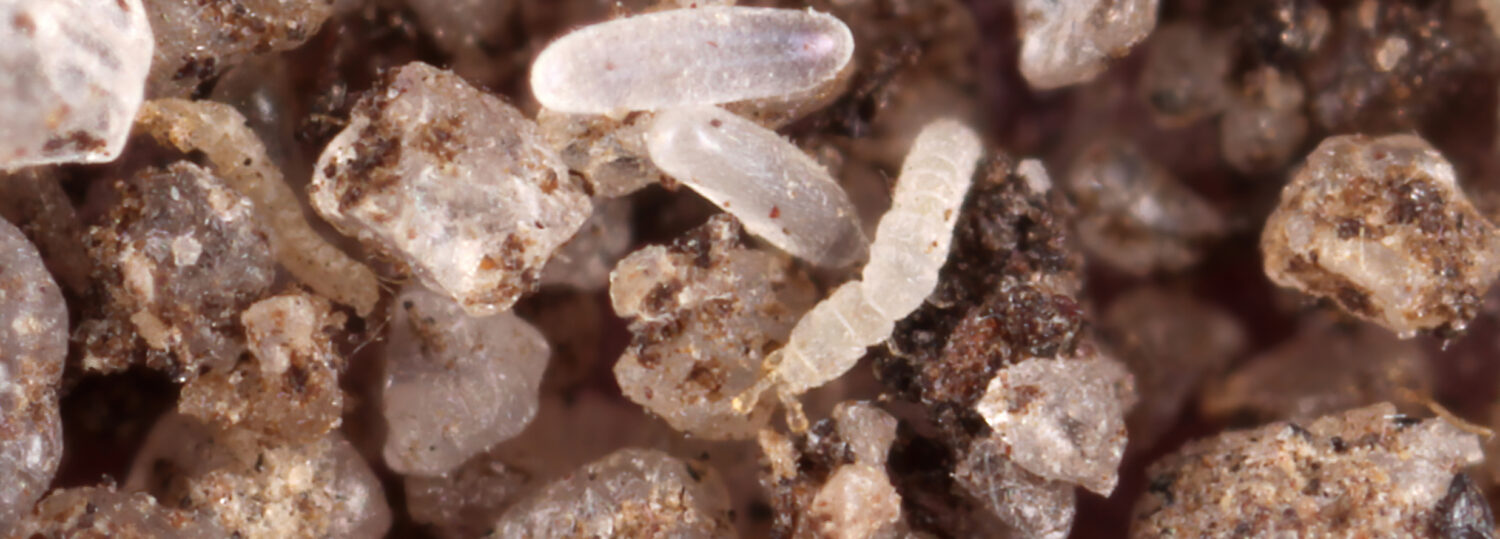If you’re familiar with ground pearls, you may normally envision small, pearl-like cysts or slightly larger pink females (Fig. 1, 2) found in turfgrass attached to root systems. Ground pearls are tiny turfgrass insect pests that feed underground and cause damage by inserting their mouthparts into the roots and sucking out nutrients. Damage occurs slowly over time and eventually looks like irregularly-shaped dry and damaged patches on the turf surface. The adult female ground pearl is a wingless, pinkish scale insect, about 1⁄16 inch long with well-developed forelegs and claws (see ground pearl female moving those tiny forelegs and claws in this video post here.
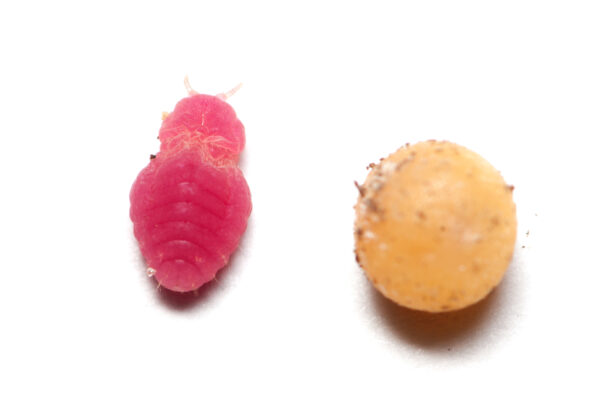
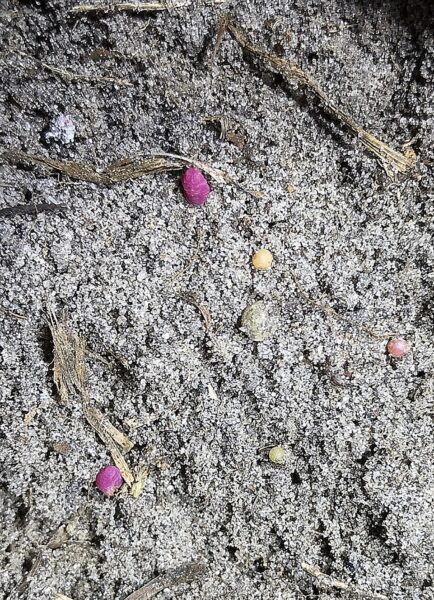
Already pretty difficult to see, newly-hatched crawlers are almost impossible to view without the aid of a microscope (Fig 3, 4) but luckily our Plant Disease and Insect Clinic Director Matt Bertone took pictures of some samples he received and sent them on to us!
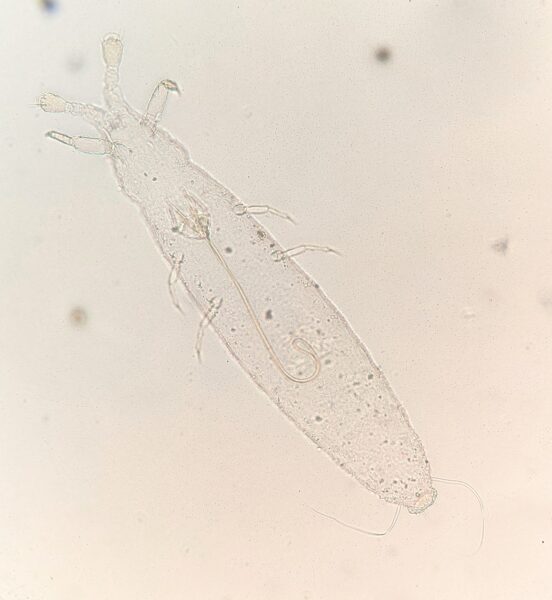
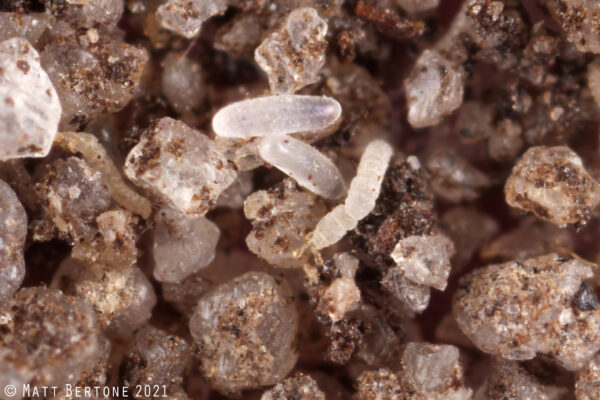
These little creatures will create a layer of wax as they grow and develop and become the pearl-like cyst some people will recognize. Although not a frequent turf pest, they have the potential to seriously damage centipede, St. Augustine grass and bermudagrass. There are currently no recommendations for chemical control of ground pearls but good cultural practices like irrigating, liming and fertilizing can help the turfgrass recover from injury.
